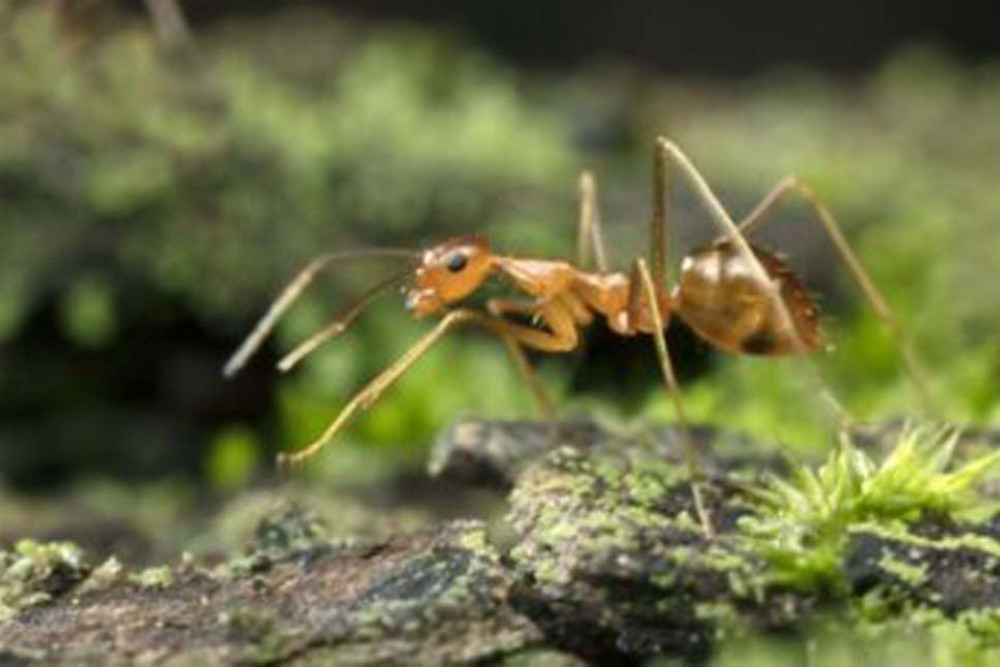General News
10 April, 2024
Crazy ants still on the loose
THE fight against yellow crazy ants is still powering on in Kuranda, with more than 32 tonnes of green waste potentially containing the destructive insects dumped at the local transfer station in the past six months.

The invasive ant species has been in the Wet Tropics region since 2001 and was likely brought there through international trade, and while authorities have completely eradicating the ants in the Edmonton/Bentley Park area in a world first, they are making progress on the infestation in the Kuranda area.
Wet Tropic Management Group Eradication technical team leader Gareth Humphreys said they had recently been working on spot treatment in rainforest in and around Myola.
“We are now down to very small spot treatments. We are not finished with them, but we have really knocked them back very hard,” he said.
“They first turned up in the Kuranda area around 2013 and we have been working with the community up there ever since.”
The wet, dense rainforests of Kuranda are the perfect home for yellow crazy ants, allowing them multiple at high rates.
While one ant cannot do much damage, Mr Humphreys said once they start teaming up, they became predators.
“They establish very easily and very quickly (in new places) and they are quick to overwhelm the local species of ants and start feeding off them,” he said.
“They feed on proteins and sugar and that usually comes in the form of other animals so they will start off with insects and as they grow, they are known to take out small vertebrates, like frogs, skinks and geckos.
“When you think about ants, don’t think of them as individuals but as a super organism … when you get millions of ants they can do a lot of damage.”
In collaboration with Mareeba Shire Council and landowners, Wet Tropics Management Group is working to eradicate the pest, including conducting burns, setting traps and tracking the ants down with sniffer dogs.
The organisation has also done several education programs alongside Kuranda EnviroCare and helps run a taskforce in Kuranda.
With numbers continuing the drop, Mr Humphreys said he pleased with the progression of eradication so far, but said there is still a long way to go.
“At the moment we are working on a funding package that will take us through the next few years,” he said.
“I can’t put a solid date on that … but we will achieve complete eradication in Far North Queensland and in the Wet Tropics within the next few years – there is a lot to do though.”
Since September last year, the Kuranda Transfer Station has accepted 32.08 tonnes of potentially contaminated green waste.
“Any green waste from identified Electric Ant or Yellow Crazy Ant biosecurity zones are taken to a separate site to not cross contaminate,” a spokesperson said.
“All green waste from a potentially contaminated source is placed in a quarantine pile at the Kuranda Transfer Station. Mareeba Shire Council does not accept potentially contaminated green waste at any other transfer station.
“DAF visit the site every month to sample the piles for ants. If ants are detected, the pile undergoes three rounds of treatment and a further three rounds of surveillance before it is cleared.
“If ants are found again at any stage, the process starts again. Once DAF has cleared the pile, it is combined with the general green waste pile for mulching.”
To find out if you live in an infested area or want your property inspected for yellow crazy ants, visit www.wettropics.gov.au/do-you-live-in-an-infestation-area


